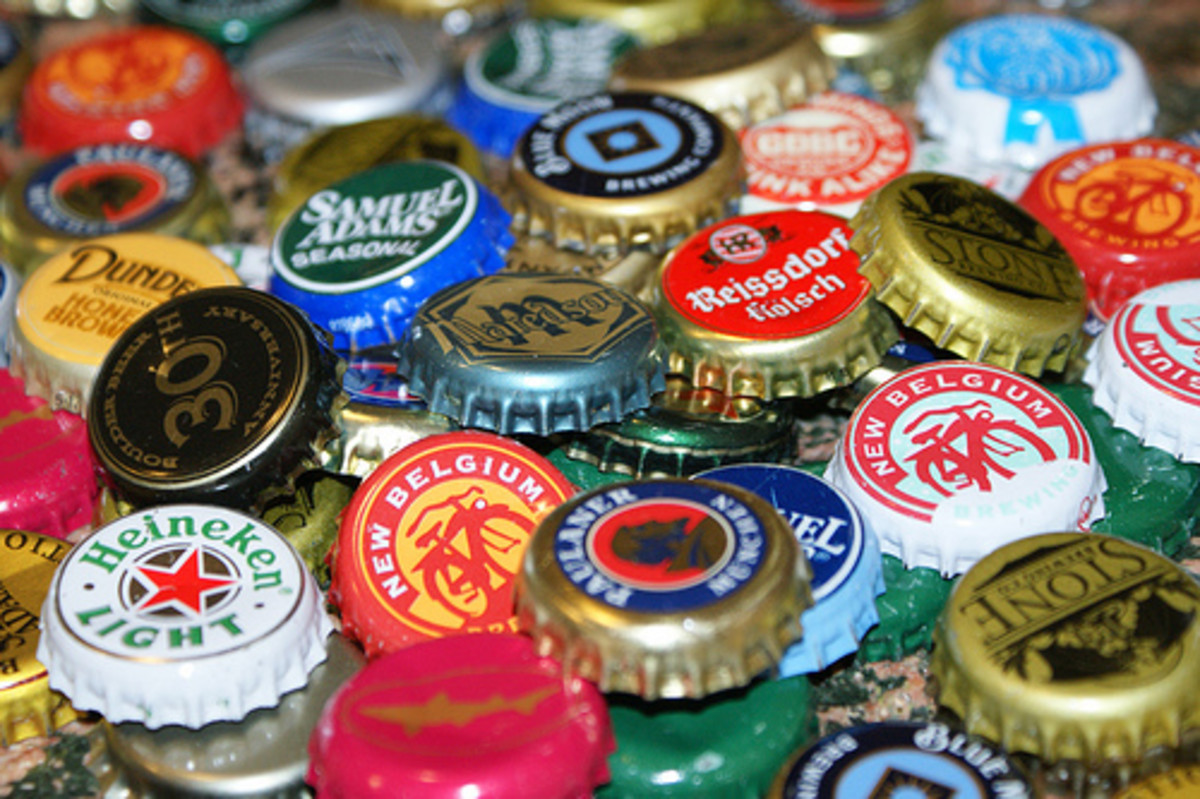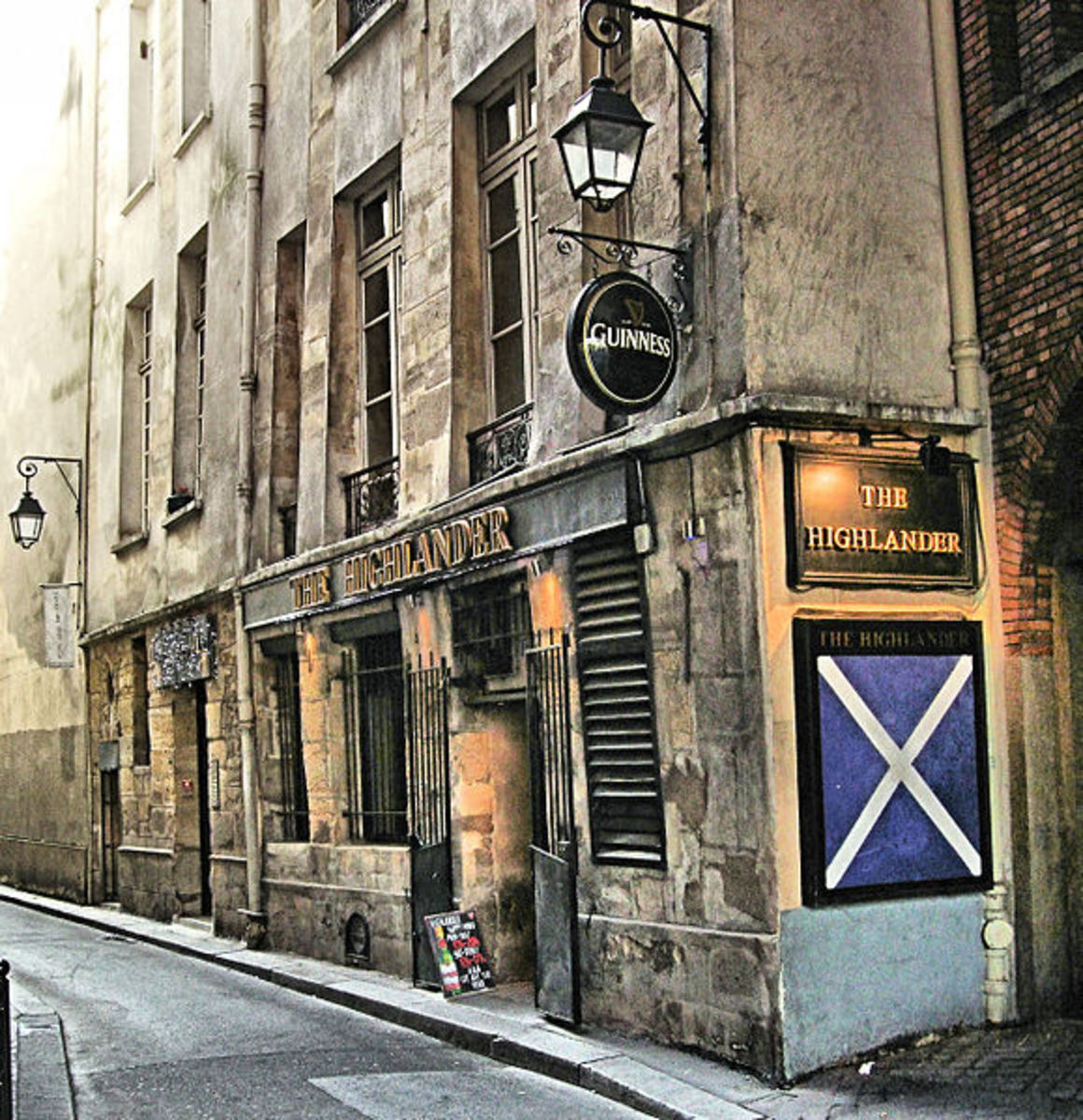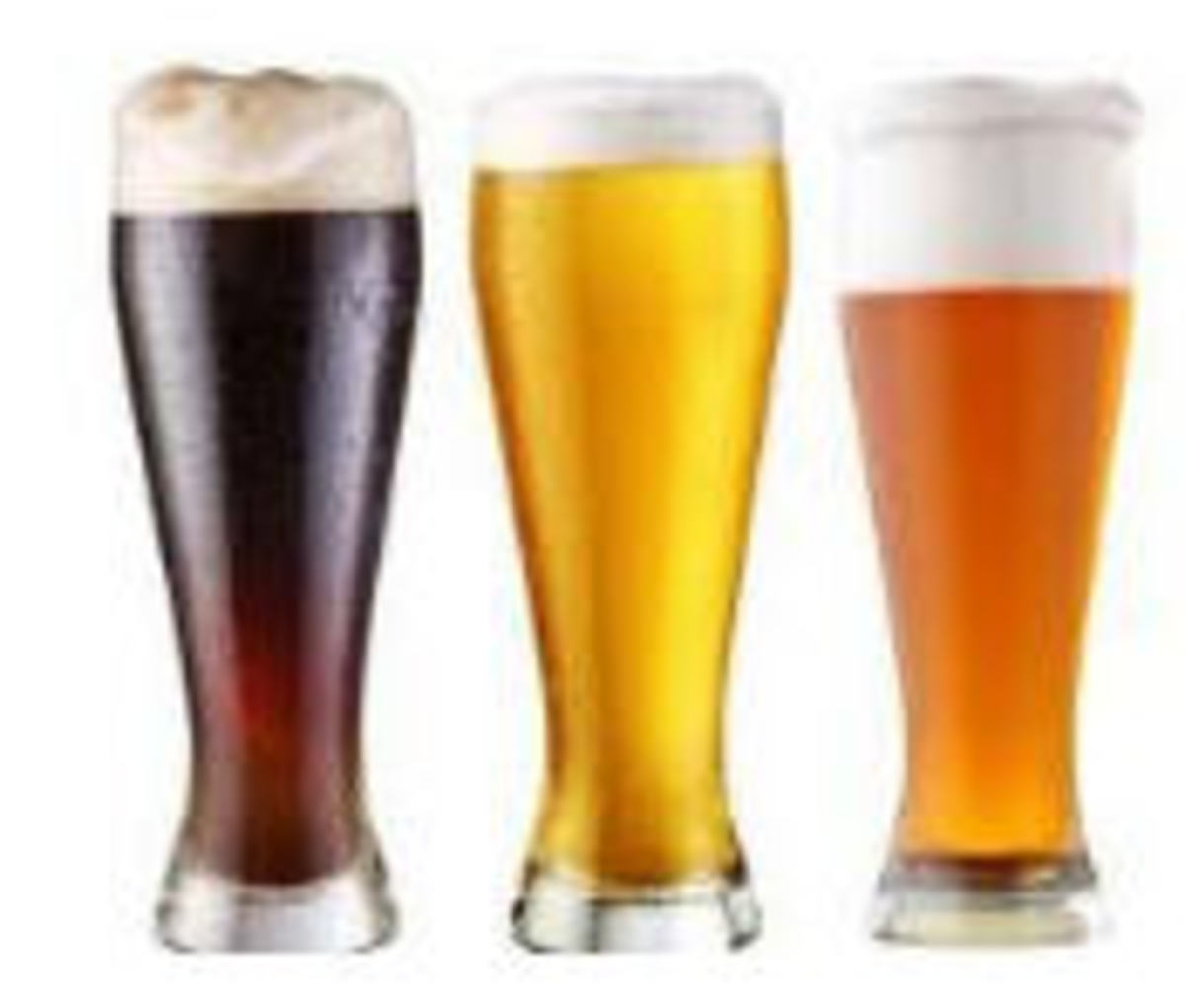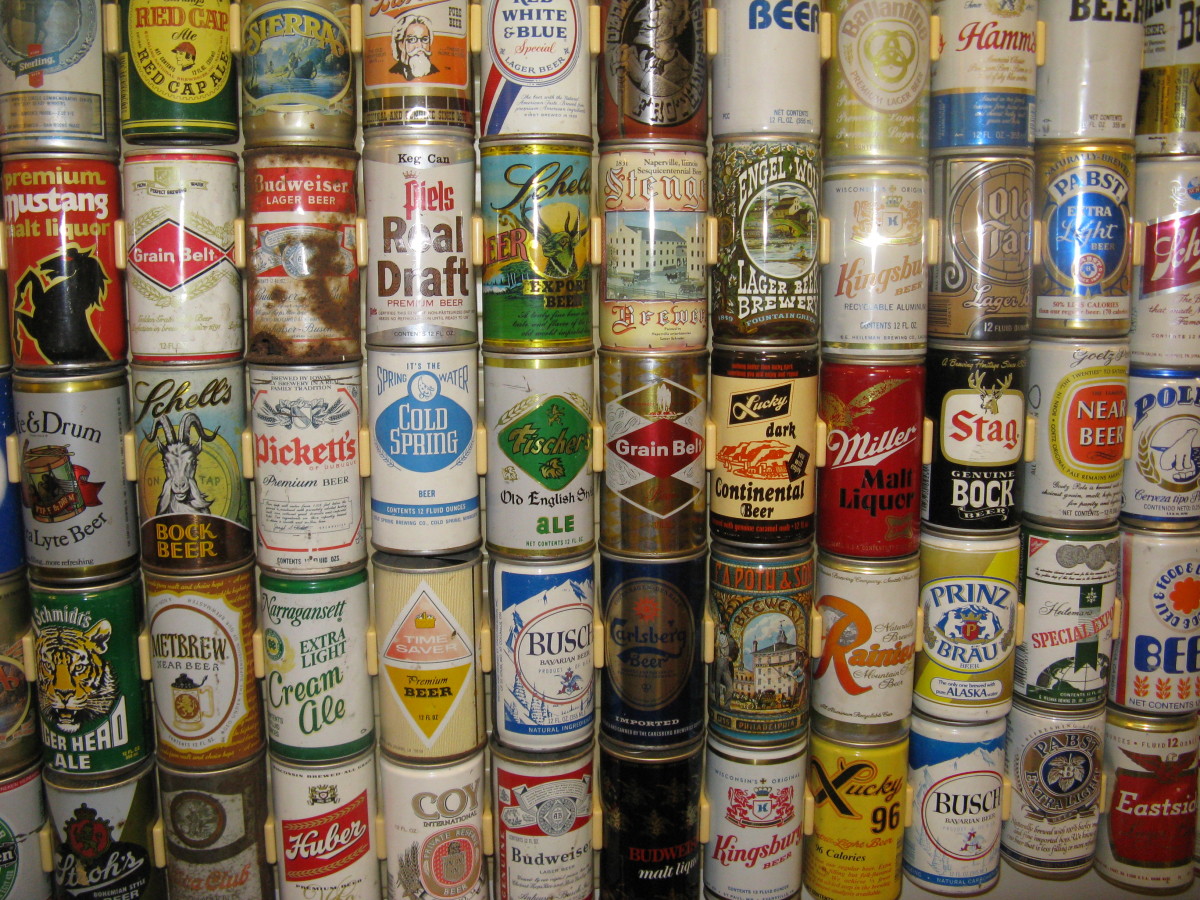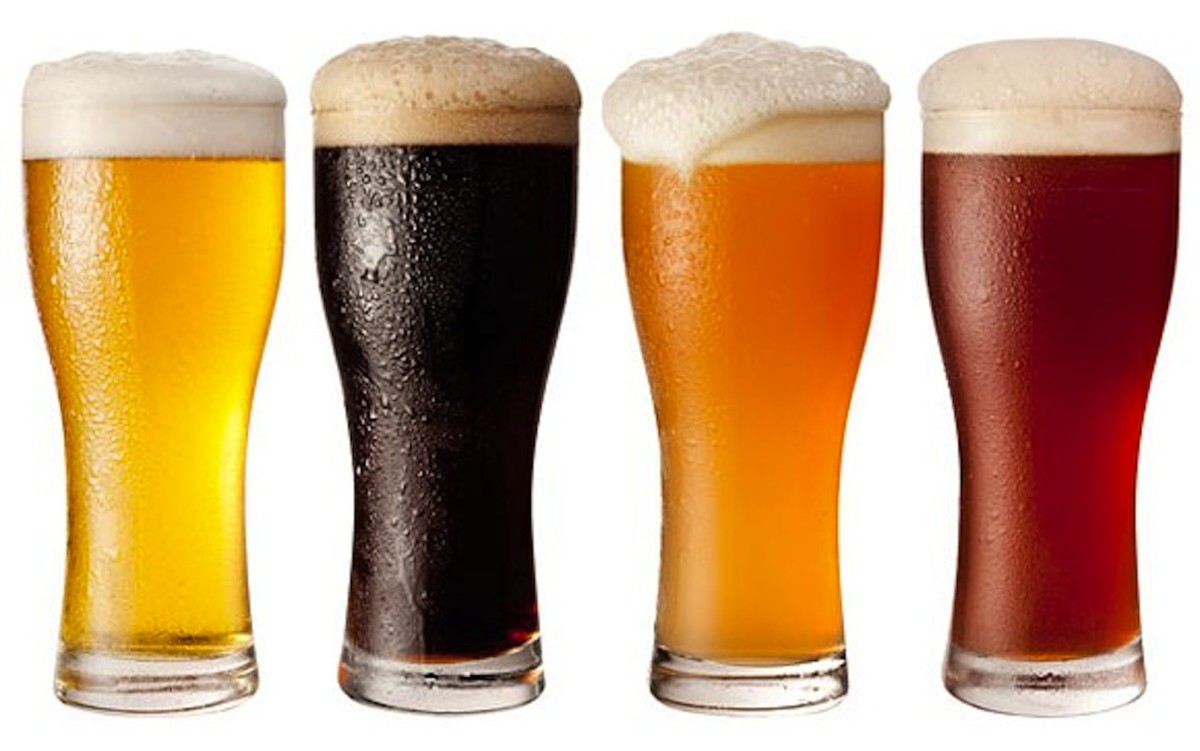A gentle introduction to Beer
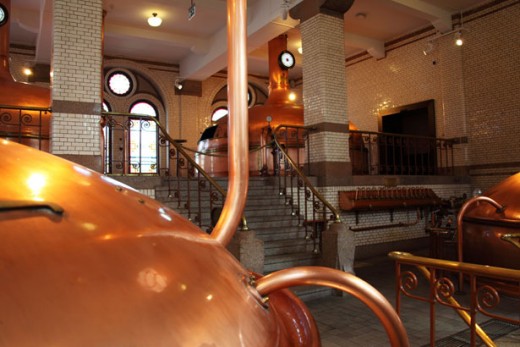
In a cafe in Eindhoven, Netherlands I saw a sign saying “Corona, Mexico's most popular beer” which I translated mentally as “Corona, Mexico's cheapest beer”. Folklore has it wine is meant to be savoured and taken slowly, almost a solitary pursuit. Beer by contrast is associated with sawdust covered floors notable for the scarcity of women. Wine is allegedly an upper class tipple, with beer something for the great unwashed. Just as Beer and Wine drinkers allegedly do not mix socially, so, allegedly, mixing Beer ( or spirits) and Wine on a night out is a recipe for disaster
For all that, or perhaps because of it, Beer is the most popular drink in the world after Water and Tea and may have been the world's oldest fermented beverage, [1].
Beer is produced by turning starch into sugar then fermenting the result. The enzymes needed for this are often derived from malted cereal grains (Stop eyeing up the cornflakes packet right now!!) such as malted Barley and wheat and in some countries, coconut.
On its own Beer spoils rapidly and hops were added long ago to preserve beer and add bitterness.
Beer is ingrained (pun intended) in the culture of many nations and is associated with a wide range of traditions. It is also associated with violence and, despite having health benefits in moderation, is related to various health problems from Brewer's Droop to Cirrhosis of the Liver.
Unlike Whiskey it is impossible for most people to drink enough to get alcohol poisoning in a single drinking bout. The ratio of drinking time to toilet time is of course much lower for Beer than for wine and spirits, possibly an important point for the older drinker.
In short, as with all alcohol, drink sensibly and responsibly.
Teach your children to do the same: if they will listen.
Brewing Beer
You can make beer in the home and drink it without paying tax in most free countries. Selling the beer you brew at home renders it liable to tax. Check the laws in your country and region before starting. If there is a brewing club join it. If you are really interested you may want to take a degree in brewing.
Brewing converts the starch source into a sugary liquid called wort and then converts the wort into beer in a fermentation process effected by yeast. See [1] for fuller details. Basically the grains are mashed, I.e crushed in hot water, the resulting sweet liquid or wort is drained off and the grains are washed to get any remaining fermentable liquid. The grains may be used two or three times each resulting in a weaker beer. The wort is then put into a kettle, traditionally made of copper, and boiled for about an hour to remove the water, thus using the starch sources more efficiently and destroying any enzymes left from mashing. Hops may be added during the boil. After boiling the liquid is cooled and yeast is added
The process takes a few hours and fermentation may then proceed for weeks or months. After fermentation the beer is packaged into casks, bottles or cans. The finished product will contain sediment which may or may not be left in the container, for example a bottle, when it reaches the drinker.
If you decide to make your own beer make sure the grain you use is free of the ergot fungus. Beer made from this could be lethal [3] and the effect of brewing on the fungus has not been studied much.
A brief history of beer
No one knows how long ago beer was invented. The main wikipedia page on beer [1] says it could date back to 9500 BC when the first cereal was farmed, and notes some archaeologists think beer was instrumental in the formation of civilisation. Some today would, of course, claim it is instrumental in the breakdown of civilisation. The Wkipedia History of Beer page [4] however is more conservative taking it back to around 6000BC. The earliest known chemical evidence of beer is dated to around 3500BC making it younger than wine (on the basis of archaeological evidence), which appears to have been produced as early as 6000BC.
Historical evidence [4] indicates that a beer like substance called kyui was brewed in China about 6000 years ago and archaeological evidence indicates that Chinese villagers were brewing fermented alcoholic drinks as far back as 7000 BC on small and individual scale, with production processes and methods similar to those of ancient Egypt and Mesopotamia . In the ancient Middle East Brewing was respected and carried out mainly by women, who, in ancient Babylonia, were also priestesses. Some beers were used especially in religious ceremonies and in his code of laws Hammurabi included regulations for innkeepers.
In ancient Egypt, about 5,000 years ago, the time at which upper and lower Egypt were unified, beer was a part of life, baked from barley bread it was used in religious ceremonies, used to treat many illnesses, was the most appropriate gift to give Egyptian Pharaohs and was offered to the gods.
The Egyptians seem to have taught the Greeks the art of beer making: some Greeks kept beer in silver and gold containers.
Although Beer was, according to the Jewish Museum New York, never important in Israel, Beer became so vital to all the grain-growing civilizations of Eurasian and North African antiquity that in 1868 James Death put forward a theory in The Beer of the Bible that the manna from heaven that God gave the Israelites was a bread-based, porridge-like beer called wusa.
Christianity and later
The rise of Christianity was associated with a tremendous growth in brewing, mostly by monks, I speculate that this was compensation for the imposition of celibacy by the church, though ostensibly it was part of the effort monks made to provide food, shelter and drink to travellers and pilgrims. As a result there are a number of Christian saints who are patrons of brewing. Once the monasteries had established the process of brewing women took it over and in the middle ages were the primary brewers.
In Europe in the Middle Ages pure water was often hard to come by and alcoholic drinks were popular: making beer involves boiling water which kills many germs. By the late Middle Ages per capita beer consumption was 60 to 66 gallons a year.
Beer tended to spoil rapidly after production hence it needs a preservative. Originally a mix of herbs was used but as early as 822 AD Hops were used as preservatives and gave beer its characteristic bitterness. It also lead to an initial distinction between Beer and Ale (beer without hops) though as beer production moved from the home into the commercial sphere this distinction vanished.
Things moved slowly till the industrial revolution. The technological advances in this period improved beer production and eliminated the practice of roasting malts over a fire which it was universally agreed made many local beers almost undrinkable.
The twentieth century brought conflict, in Europe at least, between brewers who wanted to sell dead beer, which requires minimal care, and beer lovers who preferred the taste of live beers. It was discovered that, like wine, Real Ales developer character and flavour over a long period, sometimes decades and real ale is still popular, though not available in most pubs because the tenant is almost always obliged only to sell the dead brews the brewery decides to send. As a result beer is mostly drunk not by beer lovers but by those who want to get drunk as quickly as possible as cheaply as possible.
Modern Trends
In some sectors brewers are reluctant to embrace new technology for fear of losing the traditional characteristics of their beer. Among other things traditional brewing techniques protect the beer from oxidation by maintaining a carbon dioxide blanket over the wort as it ferments into beer.
Thus Marston's Brewery in Burton on Trent still uses open wooden Burton Union sets for fermentation in order to maintain the quality and flavour of its beers, while Belgium's lambic brewers go so far as to expose their brews to outside air in order to pick up the natural wild yeasts which ferment the wort. Until their brewery burned down the Caledonian Brewery in Edinburgh boasted of using the original Victorian equipment - afterwards they boasted of using the latest modern technology.
Globalisation has resulted in a vast range of beers on the shelves. In some countries local beers dominate and beer may not even be considered alcohol: In a supermarket in Belgium I saw a sign that said “This is the beer shelf. Alcohol and strong drink are at the other end of the store” and I know one Asian guy died of alcohol induced liver problems to the surprise of his friends who said “He never touched alcohol, only beer”
Some beers and trivia
There have been revivals of ancient beer styles, for example Orkney Dark Island, and ancient styles such as German Wheat Beers are still popular. If you know where to look you can also find Black Lagers in most countries: Cervesa Negra in the Philippines, Modela Negro in Mexico, and Löwenbrau Black in Germany, and good regional beers in Germany and of course Belgium where Leffe Braun, Trappist and naturally Corsendonk Pater spring to mind. Be careful with beer in Belgium- it can be as high as 10% alcohol I saw a menu that served certain bees only in shot glasses. Always read the label and treat beer with respect.
Popular as weapons in pub fights doubtless some brawls have started with arguments over whether to use full or empty bottles in a brawl. One of the winners of the Ignobel awards established that full beer bottles are no more effective as weapons than empty ones: either is capable of breaking a skull- in practice I suspect bottles are harder to break safely and use as weapons than glasses and chairs more popular than either. In any case having been a juror at a trial where the defendant was accused of ramming a broken glass into the victim's face the sound of breaking glass in a pub is something usually prompts me to want to leave. In one case a fight involving 5 people moved towards the door, which the doorman held open with a smile. I followed three seconds later by which time the fight was ten feet away and I could leave safely. As I walked away I heard a bystander say “They are fighting”.

